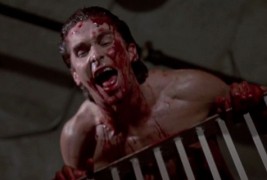
The fact that we even need the formality of a “Women in Horror Recognition Month” speaks volumes about the genre. Horror movies are, after all, the domain of men both behind the camera and in the theater seat. Or, at least, that’s the perception, even in a genre where women are beginning to outnumber men in movie audiences 2:1. Even as women begin making up the majority in the audience, being a female horror consumer (or creator) is still viewed as “other” or even deviant.
Regardless of who’s sitting in the audience, the content of the traditional horror film is still deeply rooted in patriarchy. Is there anything more wedded to the horror genre than the exploitation of women? Half-naked, attractive girls falling into varying states of undress as they’re pursued by evil-doers? Weak, swooning women-folk who, at best, can be saved only by their more capable male counterparts – and, at worse, are a liability that manages to get otherwise valuable men-folk killed. And all of this is, of course, assuming that women play a significant role at all. In a genre whose primary audience has traditionally been teenage boys, it’s hardly a surprise that horror so often panders to the male adolescent.
But I’m not here to condemn the perceived “gentlemen’s club” of horror movies. Actually, I’m going to do just the opposite. If you’ll indulge me for a moment, I’d like to explain why the overt masculinity of horror is actually a good thing – for men, but also for feminists and society at large.
We live in a time of change. After decades of hard struggle, feminists have, to some extent, “won.” Which is not to say that sexism isn’t alive and well in the modern world, nor that rape culture is not a very real thing that must be dealt with on an ongoing basis. It’s simply to say that we are more equal than we have ever been. Women can work in pretty much any field. They can earn just as much, and in some cases more, than men. Right now, women outnumber men in colleges and many high-paying careers, and they’re becoming increasingly vocal in politics. These are all big steps for modern feminism.
At the same time, men are categorically stalled in their development. While women are out winning their independence, the opposite gender is left to question, “What does it actually mean to be a man?” You can major in Women’s Studies in college, but I’ve yet to see a “Men’s Studies” class, and the idea seems almost laughable. What else would you call centuries of a male-dominated, patriarchal canon? But I think it’s a valid question.
As blogger and economist Eric Garland so aptly pointed out in the wake of the Sandy Hook shooting, American masculinity is in a time of crisis. The great mythic images of masculinity – the frontiersman, the rebel soldier, the business tycoon – bear very little resemblance to the modern reality of office jobs and service professions. And all the while feminists are pushing for the fall of traditional gender roles; a rather vocal population is espousing the value of the alpha male.
And that, reader, brings us back to horror.
Because in the horror-fantasies of the modern age, boys have a bit more space to become men. When the zombie apocalypse spreads over the earth, men can once more return to their roles as frontiersmen. In monster movies, men can wage deadly battle against Nature-with-a-capital-N and reclaim the earth for civilization. Horror provides a space for men to project their fantasies and play with roles that most have little access to in reality.
And more than that, the modern horror film has become increasingly self-aware of its portrayals of masculinity. I was struck by this when re-playing Catherine recently, and by my review of Gut for this site not so long ago. Here are two stories that ask thoughtful questions about gender and manhood, and they’re far from the only tales that raise these same questions and concerns. Time and again, the hero of a horror story – the modern Everyman – resembles the same disenfranchised male who so desperately needs a redefined role in society. Emasculated, trapped in a dead-end job or an unsatisfying relationship, feeling only partially alive, these would-be heroes are then thrown into lives of supernatural or horrific torment to test their mettle and reclaim their manhood (or fail in the attempt).
And here is where we come full circle to the topic of women in horror. Because some of these stories, dealing so poignantly with the trials and tribulations of masculinity, are being told by women.
Take, for example, American Psycho. Here is a film that speaks to the simultaneous horror and absurdity of soul-deadening corporate life. Here, too, is a movie about sex and violence that is self-conscious and even self-deprecating in its glorification. Does it surprise you, then, to learn that it was directed by Mary Harron, a Canadian woman whose filmography is otherwise concerned primarily with pop culture and biographical film? (continued after the pic)
Of course, not every man is trapped in corporate hell, and other images of masculinity demand review. What about the image of the father – Garland’s pater familis, the authoritative provider for his family? What happens when a man’s ability to hold onto that role is stripped away? Well, you end up with a film like Pet Sematary, directed by Mary Lambert. Here is a tale about a man who struggles with identity, oscillating between “doctor” and “father” and failing at both: unable to save both a patient and, later, his own son. His attempts to correct this short-coming manage only to rob him of everything else he holds dear. Even the sequel, a bombastically violent film which is rather divorced from its source material, deals intimately with issues about fatherhood and the failures of parental responsibility.
Here’s a film you may not be familiar with: Palabras Encadenadas , or, in its American version, Killing Words. Directed and co-written by Laura Mana, this Spanish movie tells the story of Ramon, a philosophy professor, who has kidnapped his ex-wife, a psychologist, and forces her to psychoanalyze him. From there, the story unfolds in a series of mind-bending twists that throw the motives and honesty of every party into question, but a few issues still sit front and center in the narrative: questions of love, fidelity, sexuality, and even sexual performance. Stripped to its core, it’s a grisly tale about the war between masculine force and feminine wiles, and the way both can become subverted.
These are just three examples of excellent horror films directed by women that also tackle some serious issues about masculinity. There are surely others. And it should come as no surprise that women can tackle these topics. After all, if male directors can cover rape culture with Teeth or the tribulations of motherhood with Rosemary’s Baby or Aliens, surely women can do the same with their male counterparts. Women directors shouldn’t feel contractually obligated to tell tales about womanhood – although those stories certainly offer plenty of fertile ground as well.
So here is my takeaway for you, horror fans: We need to talk about manhood, and horror seems as natural a place as any for that discussion to take place. But to have any reasonable discourse about this new “masculinism,” we need everyone to take part, male and female alike. And most importantly, we need talented filmmakers of all kinds to keep making great movies about men, women – and above all, people.
One thought on “Horror, Masculinity, and the Women Behind the Camera”
Comments are closed.


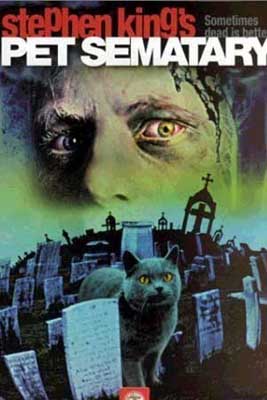
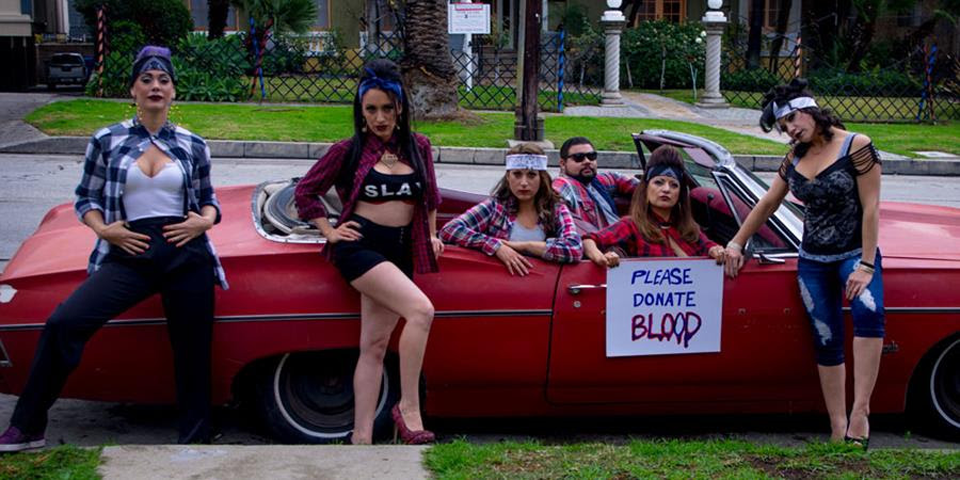
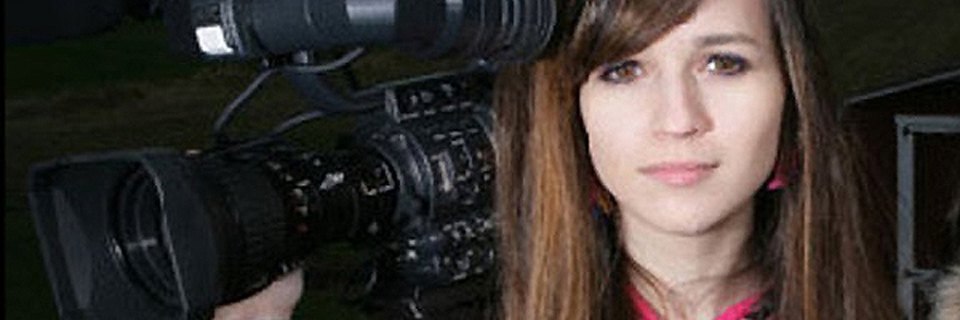
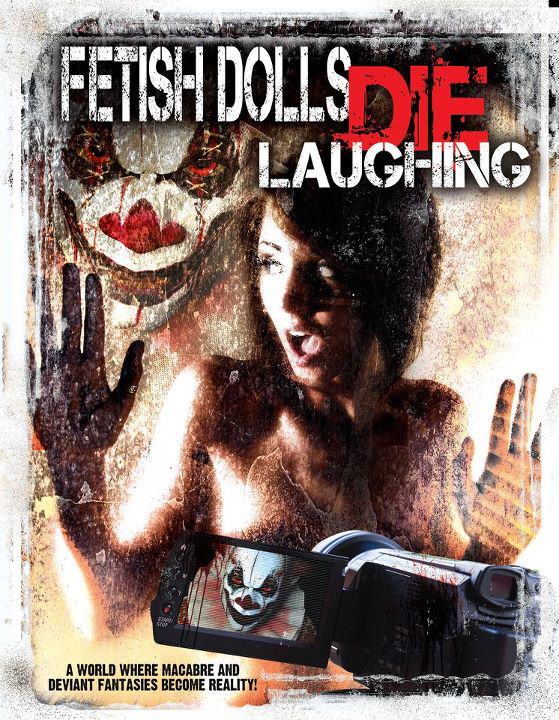










Great article, American Psycho is amazing and the screen writers were Mary Harron & Guinevere Turner. The latter even appears in the film and is killed by Bateman.
Nearly all my book’s readers are female, so I am personally awaiting an arrival in films of hot cut dudes running around in state’s of undress.